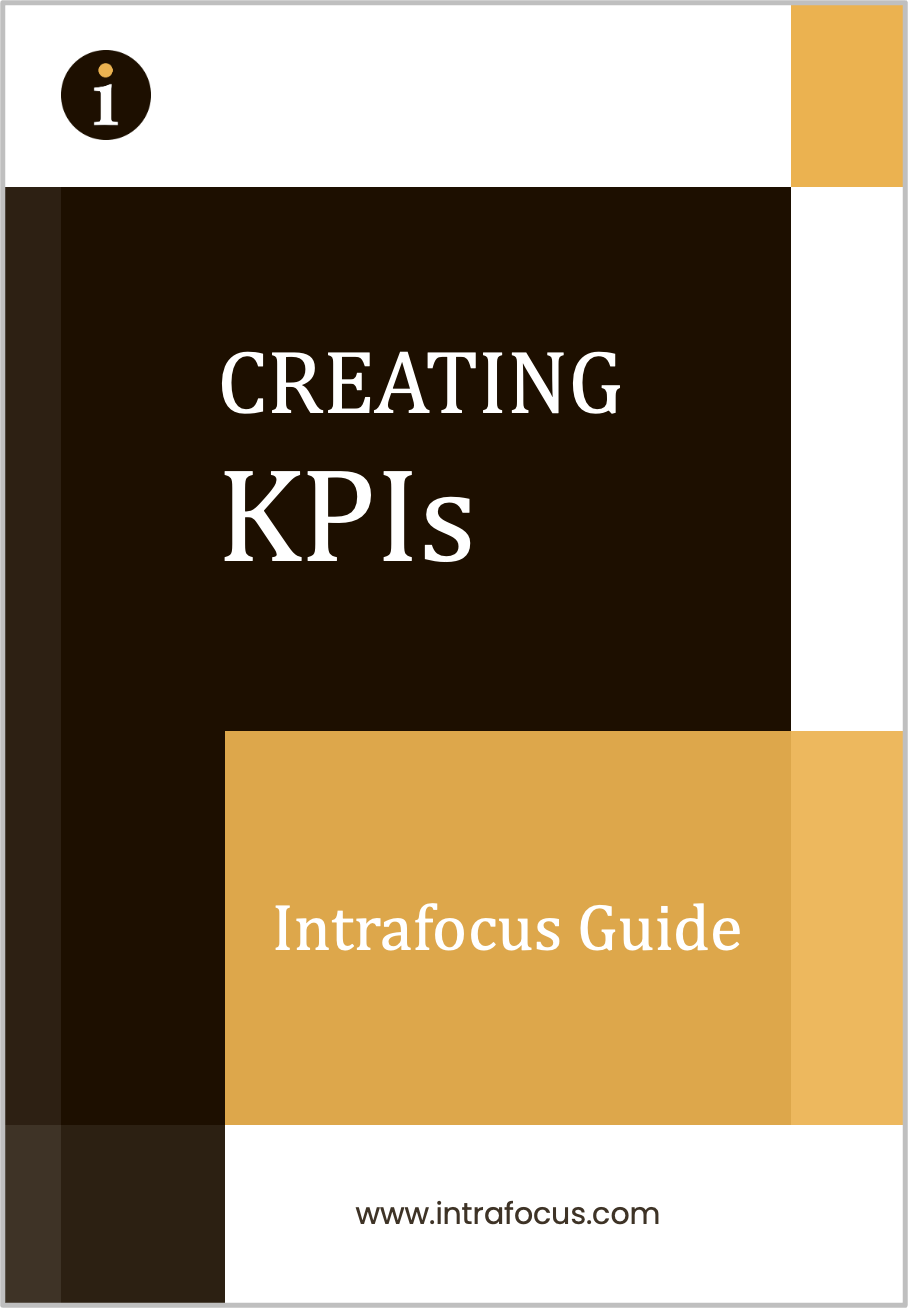Strategic Process – Strategy Evaluation
Over the past four weeks, we have looked at the basics of the strategic process and worked through four of the five main steps required for a successful strategy, taking us right up to the implementation. Now we turn our focus to strategy evaluation and control.
This stage is particularly important – although it can very easily fall by the wayside once implementation is underway and leadership focus can become diverted onto the ‘next thing’. As a cyclical process, however, strategic planning doesn’t simply end and evaluation and control activities will often feed into the earlier stages of vision, mission and goal setting and objectives setting as part of an ongoing loop of strategy refinement and development.
As an example, when strategic objectives are created, they can often seem to be unrealistic once the rigours of objective measurement are applied to them. In this instance, the business can revisit step three – strategic objective and KPI setting and reframe the objective in a way that makes it both possible and achievable (with the necessary degree of stretch.) This helps to ensure that the individuals responsible for delivering that objective remain motivated and engaged in the process, rather than deeming it to be unrealistic and quietly switching off (whilst perhaps going through the motions of at least appearing to focus on its delivery.)
Providing the tools for the job
Organisations must remain pragmatic and realistic about strategy implementations; recognising that where objectives are challenging, they must be supported with the correct degree of budget and other necessary resources. Expecting employees to deliver stretch targets without giving them the necessary tools for the job is a quick way to have the opposite intended cultural effect, leading instead to higher disengagement and turnover.
Strategy Evaluation
In this stage, the organisation’s leaders will ask themselves whether the strategy itself is working, whether the right things are being measured and whether the competitive landscape and underlying market has shifted in any way. They will also look at enabling elements such as the budget to question whether company resources are being used effectively to meet strategic priorities.
Strategy evaluation and control software
Strategy software is a highly valuable tool for strategy evaluation. For example, QuickScore can be used to measure and control KPI progress within the Balanced Scorecard methodology.
Cloud-deployed strategy software is designed to support leading strategy frameworks such as the Balanced Scorecard and captures data in real-time from other systems across the organisation without the need for IT intervention. The software is intelligent, intuitive to use and contains a wealth of useful resources for those in charge of the strategic management and delivery.
The value of dashboards
Dashboards provide complex information in a digestible, intuitive and engaging fashion that makes data presentation easy to craft for the compiler – and easy to understand for the reader.
For example, evaluation and control measures to be shared meaningfully to business leaders in a way that facilitates understanding and stimulates intelligent decision-making, dashboards are provided in Quickscore which flag up KPIs and any other supporting or insight-generating measures in a highly visual way.
With the necessary real-time data at hand, business leaders can evaluate progress against strategic objectives and then continue to control and adjust implementation as necessary. Data might show more budget is needed in a certain function in order to deliver a strategic objective. Equally, it might show that a changing market condition had created a heightened opportunity or threat that must be responded to quickly and intelligently.
Strategy software is designed to be flexible and responsive, recognising that company strategy is a living thing with a long-term view. It also supports the fact that successful strategy requires excellent cascade and communication throughout the organisation.
Conclusion
So we have come to the end of our blog series and revisited the essential steps of the strategy process to form a useful introductory primer – or recap! To deep-dive into some of the topics we have discussed and to download your own free guide to the strategic process and leading frameworks such as the balanced scorecard, go to our Strategy 101 pages
Remember too that our team are here to answer any questions that you might have or to book your strategy workshop if you are ready to move ahead.


